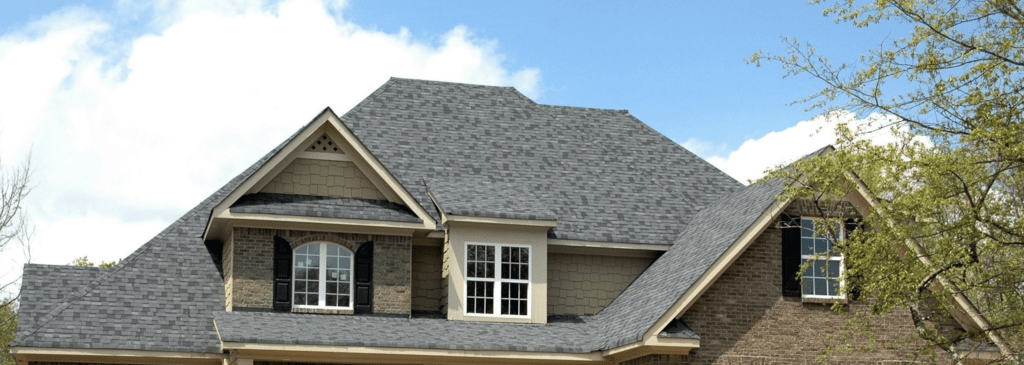
Asphalt shingles are the most popular roofing materials used on homes. They are designed to protect your home with minimal upkeep. These shingles are made to protect a home from decades of weathering. Asphalt shingles are available in hundreds of colors and styles.
- Versatility
- Color options
- Cost-Effective
- Energy-Efficiency
- Impact-Rated
- Withstand high winds
Versatility – Asphalt shingles work for almost any roof. They cover many shapes, angles, and forms. No matter the shape and size of your roof asphalt shingles will cover it seamlessly. There is a slope minimum for asphalt shingles. However, almost all homes in Colorado are suitable for asphalt shingles.
Color options – Asphalt shingles come in many colors. This can give your home more curb appeal and allow you to pick the right shade for you. Other roofing products do not offer as many colors.
Cost-Effective – Asphalt shingles are high performance and low cost. They are the most cost-efficient up-front. You can find them with fire, weather, and wind resistance.
Energy-Efficiency – Roofers install a whole system when installing asphalt shingles. One of the components is underlayment. This can help your home be more energy-efficient. You can pick light, medium, and dark tones that reflect the sun’s infra-red radiation. This can reduce the temperature of your roof surface.
Impact-Rated – In Colorado, your home will endure severe weather and hail storms. Specialty shingles are available to resist the impact of these storms. These are called impact-resistant shingles. Class 3 shingles are impact-resistant to withstand 1 ¾-inch steel ball dropped from 20 feet. This is the size of a golf ball. Class 4 shingles are the highest rated shingles. They are impact-resistant to withstand a 2-inch steel ball is dropped from a height of 20 feet. A tennis ball is 2 1/2-inches.
Withstand high winds – Not all shingles are rated for high winds. High wind shingles usually withstand 110-130mph winds. You might lose shingles if they are not rated for the winds in your area. Wind can lift your shingles and water could get underneath.
